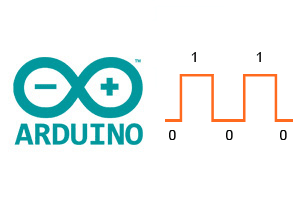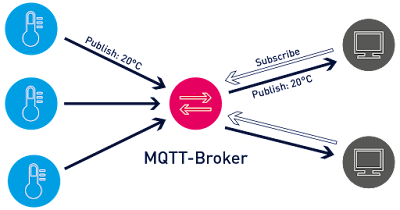▷ Practica 1 #PlcLab: Entradas y Salidas Digitales
Repositorio:
Materiales:
- PLC-LAB
- D1, D2 - Diodos Led
- R3, R4 Resistencias 100ohm
- R1, R2 Resistencias 1kohm
- 2 Interruptores
Requisitos previos:
Entradas y Salidas Digitales:
PLC-LAB cuenta con 12 I/O (Entradas/Salidas) digitales, localizadas en su lateral derecho. Una señal digital se caracteriza por contener dos valores posibles 0 y 1.
Eléctricamente en nuestro PLC-LAB un 0 digital representa 0[V] y un 1 digital representa 3.3[V]. Todos los pines de nuestro modulo trabajaran con esa lógica. Es importante tener en cuenta, que si nuestro modulo recibe mas que 3.3V en una de sus entradas, podría dañarse para siempre.
Para nuestro modulo tenemos las siguientes I/O disponibles:






Comments
Post a Comment